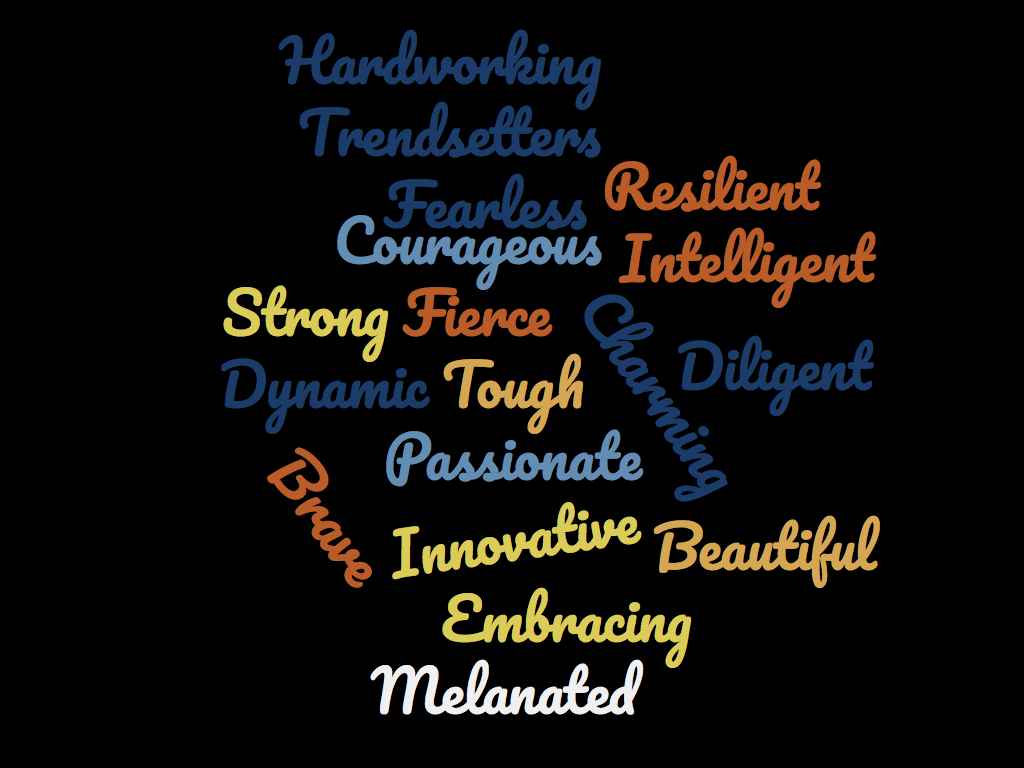Artifact 1 – Module 14: Dealing with Adversity and Achieving a Happy Life
To me, happiness is not necessarily a person, particular event, or tangible object, but is a positive experience of emotions that are evoked. It’s a sense of calmness and gratitude for your life overall.. I don’t believe that happiness can truly be measured by any measurement because it ultimately differs from person to person, and what may be considered happiness may not be to someone else. Moreover, the way cultural expectations influence the perception of a happy life is crucial, because some groups define happiness in various ways that are specific to them where it may also completely differ in other cultures.
Visual artifact idea: include an image that you feel encompasses happiness

I chose this image of me and my best friend because we have so much fun when we’re together, therefore it evokes genuine happy emotions.
Artifact 2 – Module 7: Attitudes
I think that because things in our environment are constantly changing on a daily basis, and we are often influenced by our environment, that is why our cognitive dissonance is exemplified. Balance is needed between our attitudes and behavior because those two factors can sometimes contradict one another, which may cause our thoughts to become confusing leading us to act in a particular way. An example of cognitive dissonance that I experience regularly is making time to exercise, even though I need to do it to reach optimal health. Another would include completely eliminating fast food from my diet but that belief being contradicted by me still going to the McDonald’s drive thru on the weekends.
Visual artifact idea: draw a diagram that represents your behavior; find a quote that you like which illustrates this concept; find a cartoon or comic that captures this concept

Artifact 3 – Module 8: Stereotyping, Prejudice, and Discrimination
Stereotypes haven’t changed drastically over time, but race relations have improved somewhat significantly. However, there are still many challenges that people of color face every day and stereotypes play a major factor in this. For example, black people are still stereotyped as deprived or “thieves,” and are treated as such when they are shopping or when a crime is committed, they are targeted. The same could be said for hispanic people who face similar struggles, and are targeted unfairly based on the color of their skin. The political climate that we are in right now is currently enhancing the stereotypes of Hispanic people due to the issues surrounding America’s immigration laws, and I have noticed a rise in hateful, racist, and stereotypical rhetoric from those who oppose illegal immigrants becoming citizens. I think certain ethnicities positions are definitely changing in society but it’s still fluctuating, and some groups still possess negative attitudes toward other ethnicities which they continue to pass along to their offspring or others around them.
Visual artifact idea: create a word cloud of adjectives that you personally believe characterizes the group to which you belong.

Artifact 4 – Module 4: Social Cognition
The media has played a major role in the way in which we perceive people and experiences, and this news report video confirmed the significance of heuristics. Much of what we perceive is influenced by what is portrayed on the news, in tv shows and movies, and ads we are shown regularly. Growing up Muslim, I often watched how the news negatively depicted my community and my religion as a whole and how the attitudes of my peers were influenced by this. Upon meeting me, many would not assume that I was a Muslim and I have encountered people whose beliefs were once negative due to watching the news but would shift after learning that I’m a Muslim too. Some have admitted to harboring ill feelings toward Muslims because they believed what they were shown and were influenced heavily by the media. With representative heuristics, i’ve seen first hand when someone would assume a terrorist attack would transpire simply because a woman in a hijab was in close proximity. This kind of ignorance takes place quite frequently but due to representative heuristics, it is definitely a phenomena that makes a huge difference in people’s subconscious.
Visual artifact idea: take a screenshot of something that struck you while watching the video. Write a reflective statement of how this video brought this concept to life.

This part of the video stuck out to me because he mentions how crime isn’t the same as it was 30 years ago, which is something I’ve heard a lot growing up. However, I don’t think this is the case. I believe that crime has always been as heinous as it is but the way in which it is broadcasted is much different than ever before. With the influx of social media and various news outlets, more awareness is being brought to attention these days. During that time, the word about certain crimes didn’t spread as rapidly as they do now.
Artifact 5 – Module 6: The Self
Trait 1: Sensitive
Situation 1: A situation that took place that displayed my sensitivity was when I was at work this week. I was taking care of something my manager requested of me, but couldn’t be at two places at one time so I wasn’t aware of a customer that was ready to check out. I was then criticized by my manager and it frustrated me so much that I started crying (lol).
Trait 2: Ambitious
Situation 2: I’m taking online summer classes and have had a difficult time managing my time and balancing don’t usually have time to do homework after work, but I managed to complete all my weekly assignments in one night so that it could free the rest of my week.
Trait 3: Friendly
Situation 3: When I go somewhere, I tend to always make eye contact with people. Whenever I do, I always feel the need to smile or say hello automatically. I notice that I do this a lot when shopping and acknowledged this while at the mall this week.
Trait 4: Honest
Situation 4: At work, I messed up a transaction by accidentally pressing the wrong button and instantly became flustered and embarrassed. I didn’t know how to fix the problem I created, and didn’t even try to play it off as if I knew what I was doing. Instead of trying to lie and place the blame on the machine as I would have done otherwise, I owned up to my mistake and was honest with the customer about what I had done and proceeded to ask for help as well as thanked them for their patience with me.
Trait 5: Moody
Situation 5: While I am home, if I spend too much time by myself I become very moody and temperamental. This was pointed out to me by my family and friends before, so I decided to observe this for this week’s assignment. I had a day off and noticed I was feeling very fickle and easily irritated after spending most of my day inside.